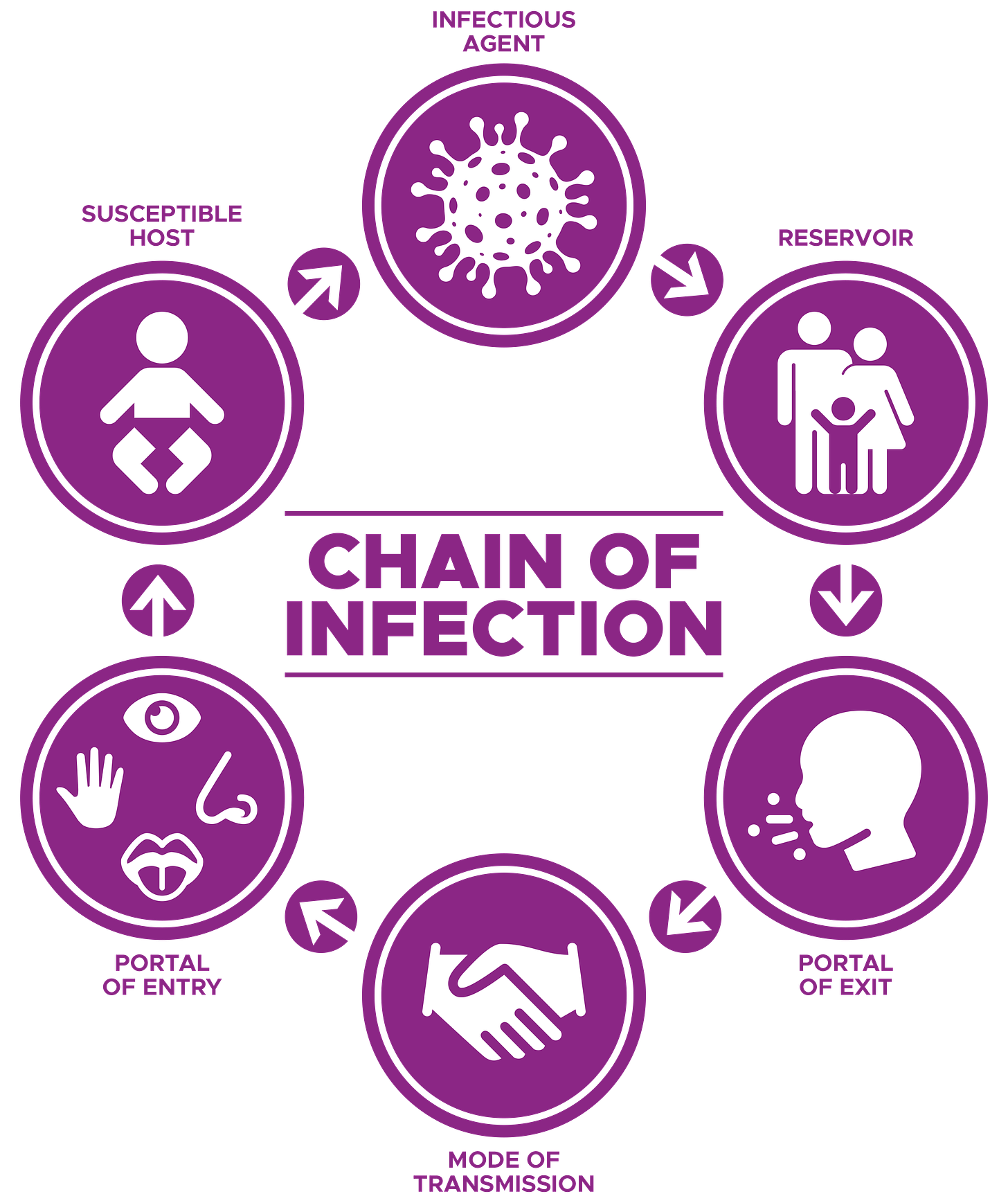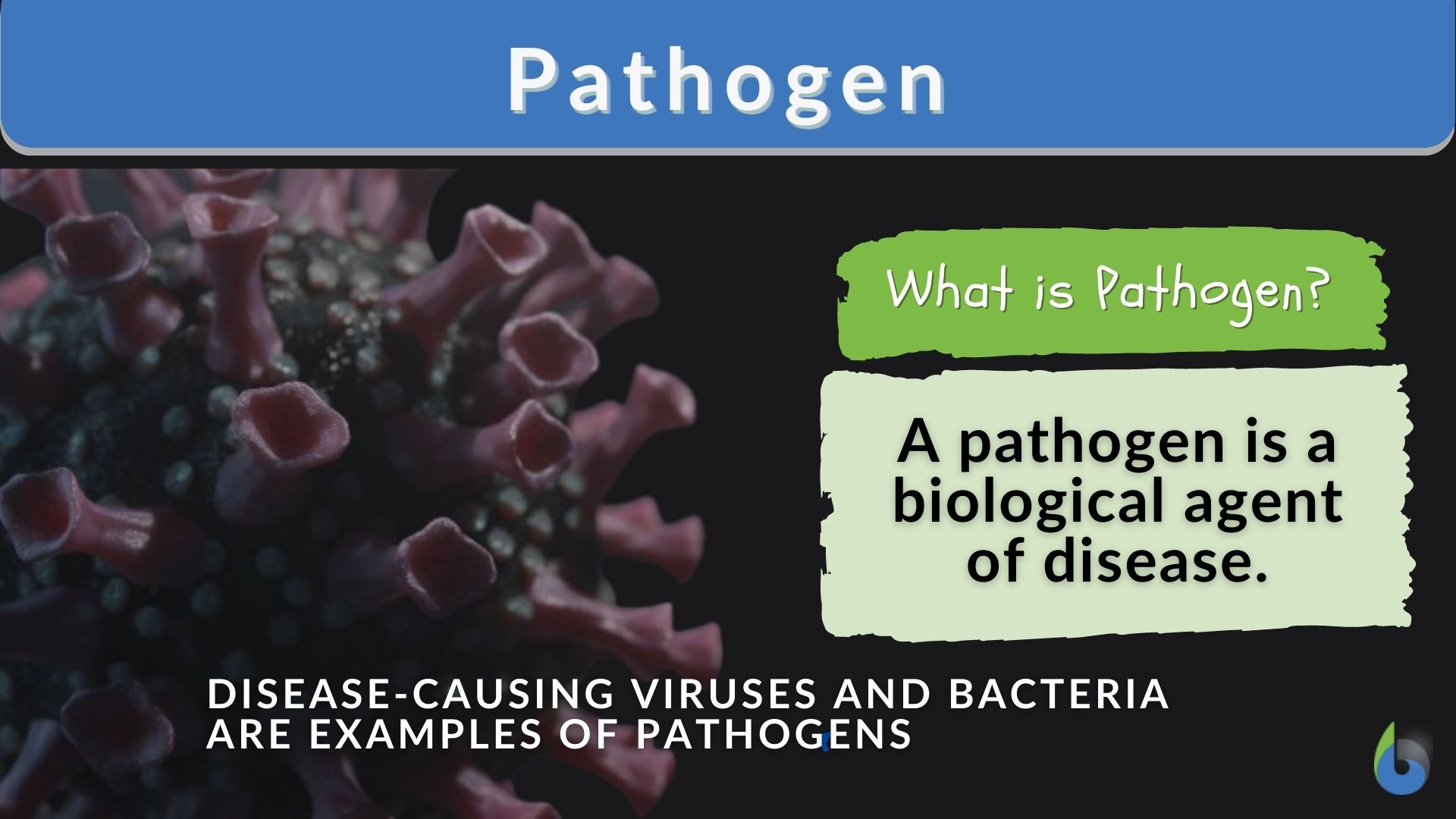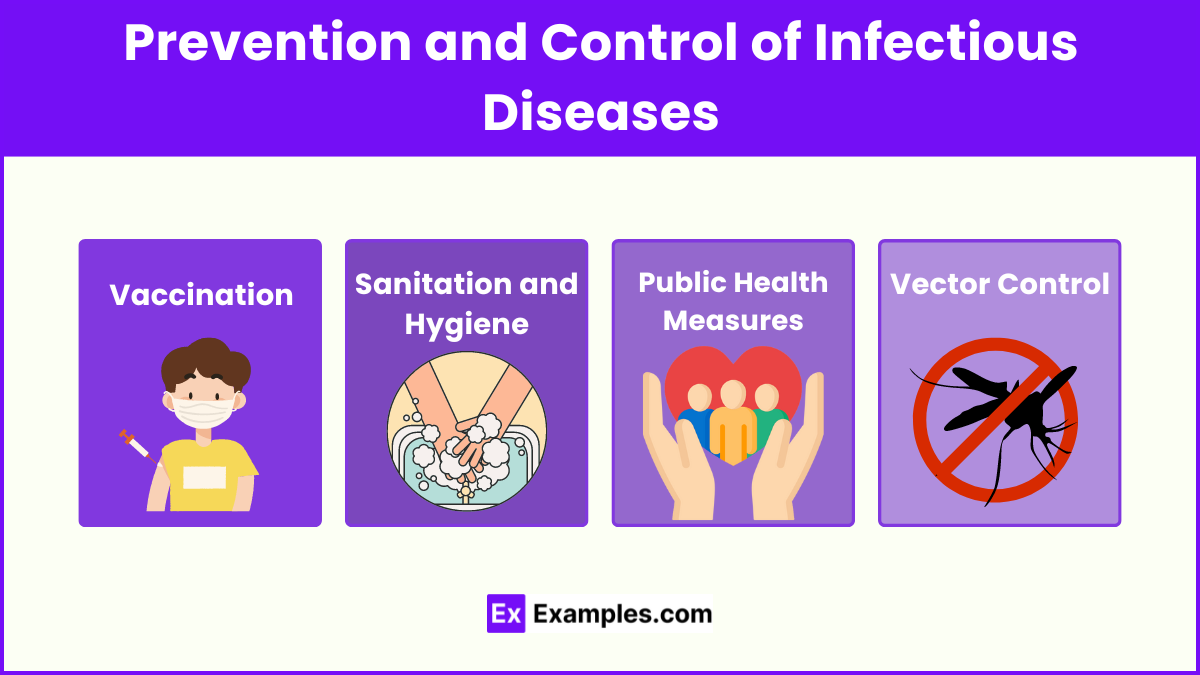The Condition In Which Pathogens Are Absent Or Controlled Is

Imagine a surgical suite, bathed in the soft glow of specialized lights. The air hums with quiet efficiency. Every surface gleams, meticulously cleaned and prepared. Not a speck of dust dares to settle. The medical team, gowned and masked, moves with practiced precision, ensuring not just their own safety, but the absolute purity of the environment surrounding their patient.
This carefully orchestrated scene embodies asepsis, the condition in which pathogens are absent or controlled. It’s a cornerstone of modern medicine and a critical concept in fields ranging from food safety to biotechnology, fundamentally shaping how we safeguard health and prevent the spread of disease.
Asepsis, at its core, is about creating a barrier. It's a system of protocols and practices designed to minimize or eliminate the presence of disease-causing microorganisms, preventing infection and ensuring the integrity of sterile environments.
The Historical Roots of Asepsis
The importance of asepsis wasn't always understood. For centuries, surgery was often a harrowing affair, fraught with the risk of infection. Mortality rates following even relatively simple procedures were alarmingly high, often surpassing the risks associated with the original ailment.
Before the germ theory of disease, proposed in the mid-19th century by scientists like Louis Pasteur, infection was largely attributed to "bad air" or imbalances within the body. The concept of invisible microorganisms causing illness was revolutionary, and slow to gain acceptance.
One of the pioneers in promoting aseptic techniques was Joseph Lister, a British surgeon. Lister, inspired by Pasteur’s work on fermentation, began experimenting with carbolic acid as a disinfectant in the 1860s.
He theorized that microbes were responsible for post-operative infections. Using carbolic acid to clean surgical instruments, wound dressings, and even spraying it in the air, Lister drastically reduced infection rates in his surgical ward. His methods, initially controversial, marked a turning point in the history of medicine.
From Antisepsis to Asepsis
Lister’s initial approach is now referred to as antisepsis, which focuses on killing or inhibiting the growth of microorganisms. True asepsis, however, goes a step further.
Asepsis aims to prevent microorganisms from ever entering a sterile environment in the first place. This proactive approach involves rigorous sterilization techniques, barrier precautions, and controlled environments.
Principles and Practices of Asepsis
Aseptic technique relies on several key principles. These principles are universally applied across various settings to maintain a sterile environment.
First and foremost is sterilization, a process that eliminates all forms of microbial life, including bacteria, viruses, fungi, and spores. Sterilization can be achieved through various methods, including autoclaving (using high-pressure steam), dry heat sterilization, chemical sterilization with agents like ethylene oxide, and radiation.
Disinfection is another critical component, though it differs from sterilization. Disinfection reduces the number of microorganisms on a surface or object to a safe level, but it doesn't necessarily eliminate all of them, particularly resistant spores.
Barrier precautions are essential for preventing contamination. This includes the use of sterile gloves, gowns, masks, and drapes during surgical procedures or when handling sterile equipment.
Proper hand hygiene is perhaps the simplest, yet most effective, measure for preventing the spread of infection. Washing hands thoroughly with soap and water or using an alcohol-based hand sanitizer removes transient microorganisms from the skin.
Controlled environments, such as operating rooms and cleanrooms, are designed to minimize the presence of airborne particles and microorganisms. These environments often utilize specialized air filtration systems, positive air pressure, and strict cleaning protocols.
Asepsis Beyond the Operating Room
While asepsis is most readily associated with surgery, its principles extend far beyond the operating room. It plays a vital role in a multitude of fields, impacting our lives in countless ways.
In the pharmaceutical industry, aseptic techniques are crucial for manufacturing sterile medications and vaccines. Contamination during production could have devastating consequences, rendering drugs ineffective or even harmful.
The food industry relies heavily on aseptic processing and packaging to extend the shelf life of food products and prevent foodborne illnesses. Aseptic packaging allows for the preservation of food without refrigeration, significantly reducing spoilage and waste.
Biotechnology and research laboratories also employ stringent aseptic techniques to prevent contamination of cell cultures, reagents, and experimental samples. Maintaining the purity of these materials is essential for accurate and reliable research outcomes.
Challenges and Future Directions
Despite the widespread adoption of aseptic techniques, challenges remain. The emergence of antibiotic-resistant bacteria poses a significant threat to healthcare settings. The increasing complexity of medical procedures and devices also presents new challenges for maintaining sterility.
Ongoing research is focused on developing new and improved sterilization methods, as well as novel antimicrobial agents. Furthermore, advancements in materials science are leading to the development of self-sterilizing surfaces and antimicrobial coatings.
The development of advanced monitoring systems to quickly detect breaches in sterility are also crucial. These systems can provide real-time feedback, allowing for prompt corrective action and preventing potential contamination events.
A Reflection on Progress
The journey from a world where infection was a common and often fatal consequence of surgery to one where asepsis is a fundamental principle of healthcare is a testament to human ingenuity and perseverance. It is a reminder of the power of scientific inquiry to transform our understanding of the world and improve the lives of millions.
While the battle against microorganisms is ongoing, the principles of asepsis provide a strong foundation for preventing infection and safeguarding health. By continuing to innovate and refine these techniques, we can build a future where healthcare is safer, more effective, and accessible to all.
The concept of asepsis, though seemingly simple, is a powerful illustration of how meticulous attention to detail and a commitment to rigorous protocols can create a safer, healthier world. It's a quiet revolution, constantly unfolding, ensuring that the unseen world of microorganisms remains in its place, allowing healing and progress to flourish.













.jpg)




